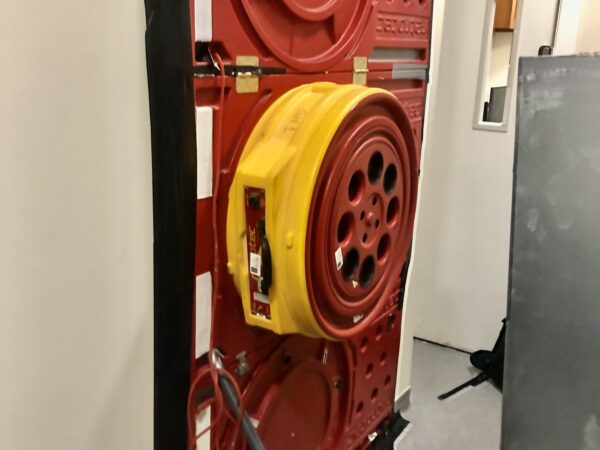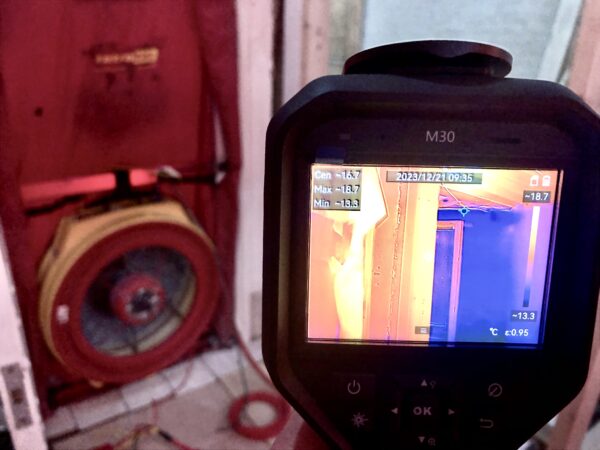So, what is the best time to air test smoke shafts? this depends on several factors, including the building’s usage, occupancy, and operational schedule, as well as the state of the smoke shaft. Here are some considerations:
- Ensure the smoke shaft is full completed: Ideally, the smoke shaft should be in a fully completed state prior to booking in the air test to the smoke shaft. air test.
- Non-Disruptive Hours: Ideally, conduct smoke shaft testing during non-disruptive hours to minimize inconvenience to occupants. Avoid peak times when people are entering or leaving the building.
- Scheduled Maintenance: Integrate smoke shaft testing into scheduled maintenance routines. Regularly assess the shafts during planned downtime or maintenance windows.
- Nighttime or Early Morning: Nighttime or early morning hours may be suitable. Fewer occupants are present, allowing thorough testing without disruption.
- Weekends or Holidays: Weekends or holidays provide extended testing windows with minimal occupants on site at the time of the test. Unfortunately, this also requires extra coordination with building management and security.
- Avoid Critical Times: Avoid testing during critical events (e.g., major conferences, high-security periods). Always prioritise safety over convenience.
Remember that safety and compliance are paramount. Consult with us to determine the most appropriate testing schedule for your specific building requirements.

Preparing for a smoke shaft air pressure test
Preparation for the air test to the smoke shaft can be carried out when all openings must be temporarily sealed. An air pressure test can be undertaken on one of the openings by installing a blower fan system, and the shaft is pressurised to establish the air permeability of the smoke shaft – which should be below 3.8m3/hr/m2, inline with Colts recommendations
To ensure the air test to the smoke shaft runs smoothly, you need to ensure the following site conditions:
- Construction to the shaft in fully complete
- No temporary seals to construction other than openings for dampers, fans and ductwork.
- All Fire-stopping to service penetrations completed.
- Shaft free of debris and other trades at the time of the test.
- Good access with no other trades at the Test location where we set up the equipment.
- Suitable access into shaft to check for air leakage areas.
- Power available (240v)

UKAS and ATTMA Accredited Air Testing for smoke shafts
There are many reasons why you should choose us to undertake the air testing to your smoke shafts, here are just a few of them.
- We are a UKAS accredited air testing company
- We are a ATTMA Level 2 accredited
- Our company is accredited to undertake envelope calculations.
- We have undertaken smoke shaft tests to hundreds of smoke shafts
We can provide next-day smoke shaft certificates and offer our best price guarantee. We can help you every step of the way from the initial site survey visit through to the final testing to CIBSE TM23. Generally, our clients find that involving us as early as possible saves them the most money. Our expert advice helps them avoid expensive remedial work, ensuring all their smoke shafts pass first time.
Please get in touch to discuss your next smoke shaft air pressure testing requirements.
For more information please contact Darren direct on 07775623464 or email us at info@airpressuretesting.net
